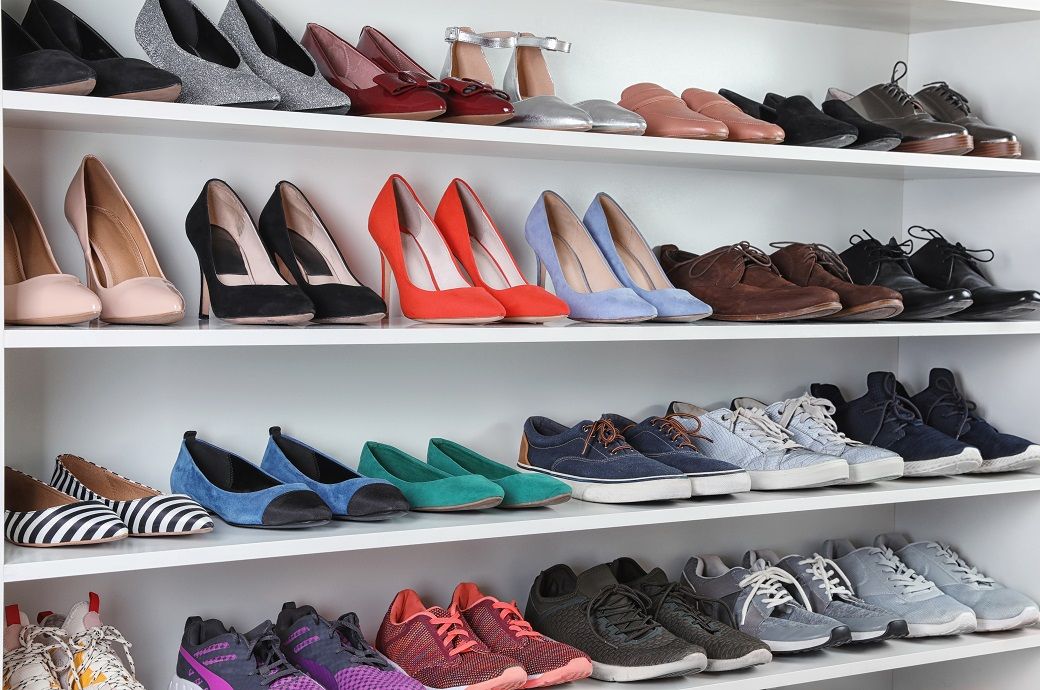
The Future of Footwear forecast indicated that the industry would see a steady growth in sales revenue of 1 per cent through 2025, with unit sales beginning to improve in 2024 as the pressure from average price increases eases. The report also highlighted that consumers will look to maximise versatility with their upcoming footwear purchases, as shoes good for ‘casual everyday use’ will top the reasons for purchase in the first half of 2023.
“This will be a reset year for the footwear industry,” said Beth Goldstein, footwear and accessories analyst at NPD. “After three years of ups and downs, we can expect sales and price trends will level out as consumers settle into their now-familiar lifestyles and make strategic choices about their must-haves versus their nice-to-haves, as they continue to grapple with macroeconomic pressures.”
As consumer priorities shift, the blurring of fashion and athletic footwear will continue to be a major factor in the industry. Casual footwear, sneakers, and athletic footwear are considered necessities, compared to dress footwear, outdoor shoes, and slippers, which are viewed as non-essential.
The sport leisure category generated the highest sales in 2022, but fashion footwear was the biggest driver of growth as the return to workplaces, events, and other activities brought attention back to more formal footwear categories. The report also noted that the industry will continue to evolve as consumers seek out versatile and comfortable options that meet their needs.
“In a market projected to remain steady at the topline level for the near term, the key growth opportunity for footwear brands in this environment will be taking market share,” said Goldstein. “Part of this strategy will involve keeping pace with the demands of consumers who have become more deliberate in their purchases. The other part will be navigating a channel landscape that is far from static.”
Fibre2Fashion News Desk (KD)